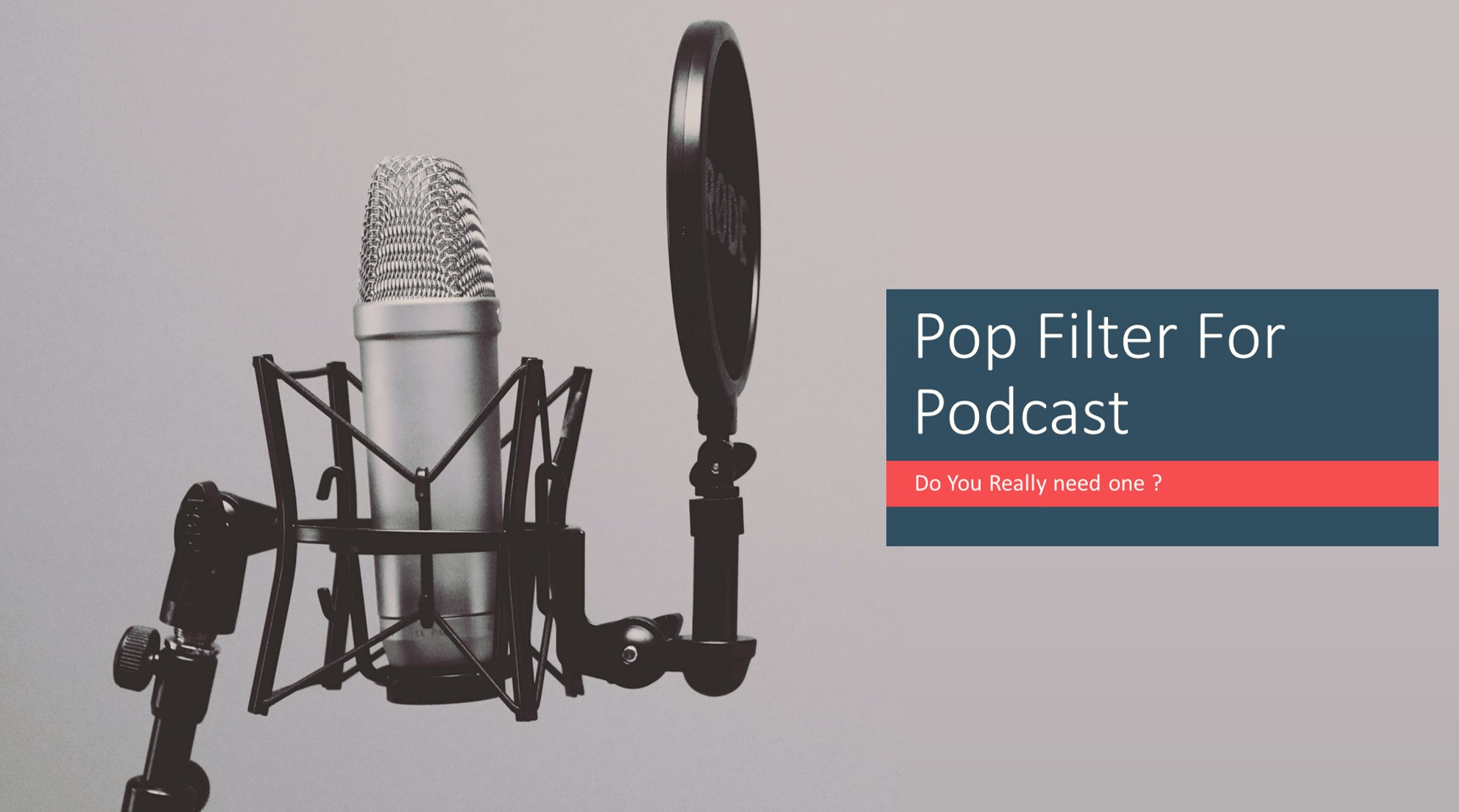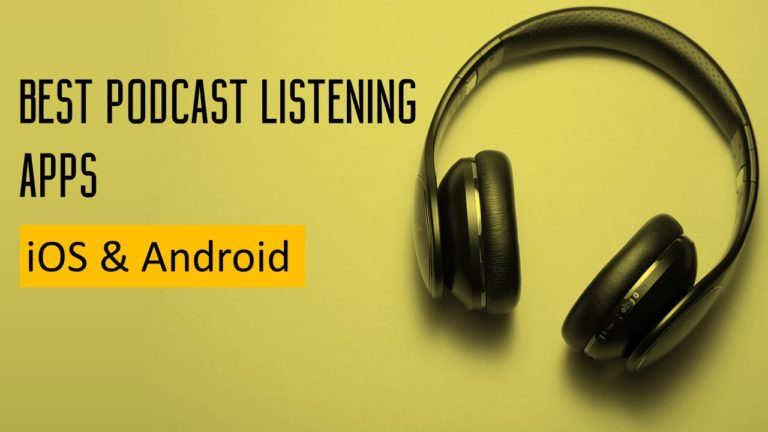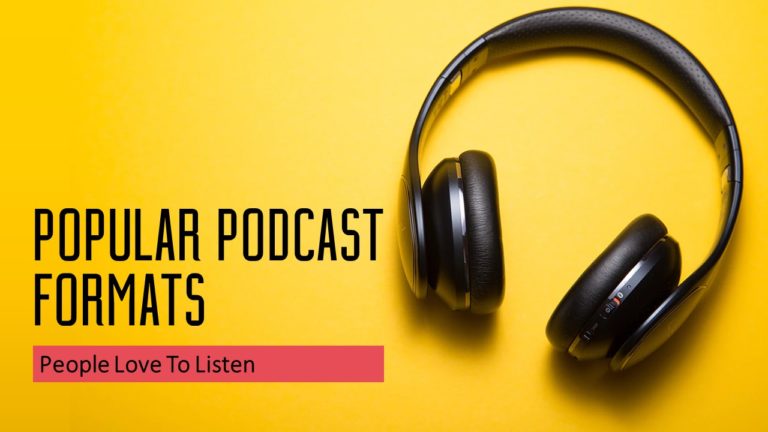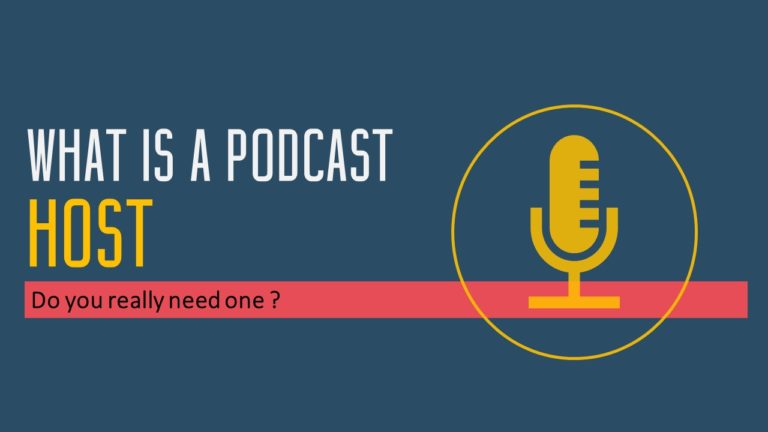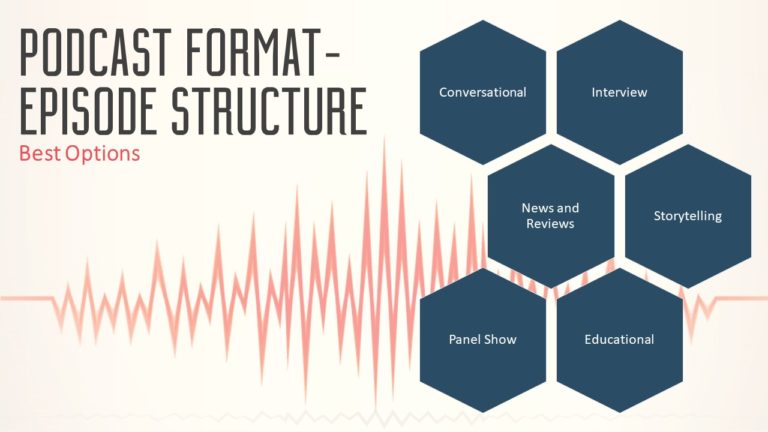Best POP Filter For Podcasting & Recording Vocals
Pop filter is one of the most essential accessories required for podcasting. Lets see these in detail and understand what does a pop filter do and how it works.
What Is a Pop Filter ?
A microphone pop filter is a windscreen or foam filter that helps reduce popping noises created by breath or speech when a person says a plosive such as “p” or “b.”
What does a pop filter do ?
A plosive is a consonant that is pronounced by completely closing the lips or air passage and then releasing air suddenly.
A pop filter does exactly what it sounds like : it filters those pops out of your vocal sound. More specifically, it disperses the air coming from your mouth in different directions. It doesn’t hit the microphone in one big burst. This keeps your plosives from sounding too harsh in the recording.
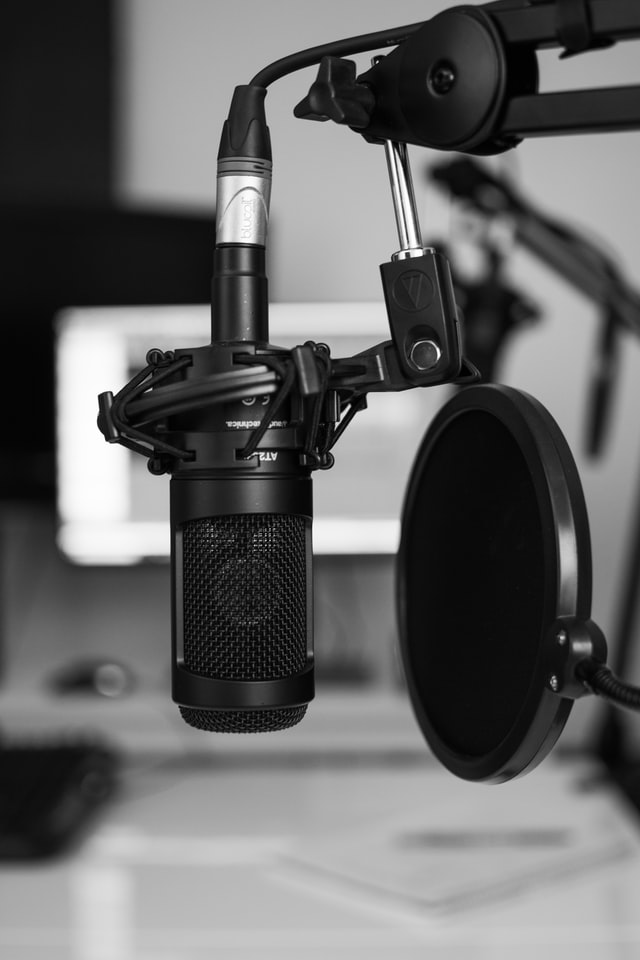
Best mic pop filter is one which can disperse maximum direct air flow. There are cheap pop filters , expensive pop filters , good looking pop filters , foam , fabric . metal pop filters. The list is endless. This article will help you to make the right choice.
You also need a good microphone for podcasting and recording voclas. Here are some great USB or XLR microphones and Dynamic or Condenser microphones.
If you are new in your podcasting journey then do visit our Podcast Basics section to get started. You can also read our complete guide on how to start podcast.
You can read about various aspects on POP filters or directly go to the buying guide section at the bottom of this post.
As Amazon affiliate I get commissions from qualified purchases.
Do You Need a microphone POP filter ?
Without a pop filter between you and your microphone, your listeners will feel like they’re being bombarded by popping explosions and it will not be a nice listening experience.
Pop filter for podcasting and pop filter for recording vocals is really needed.
You can use the foam version that fits snugly over your mic or the screen version that is suspended between you and the mic. The screen version certainly works way better, but either way, you should use one and be done with it.
It is not something which is going to radically change the quality of your podcast, but not having one will certainly hamper the listening experience for your audience.
If you are new to podcasting or podcast listening then you can read our What is a podcast ? and How to listen to Podcast ? Posts to get started.
Click here to read a detailed explanation about plosives on Wikipedia.
How a microphone POP filter works ?
A pop filter does exactly what it sounds like: it filters those pops out of your vocal sound.
More specifically, it disperses the air coming from your mouth in different directions. It doesn’t hit the microphone in one big burst. This keeps your plosives from sounding too harsh in the recording.
Plosives sound louder in microphones than they do in the real world. So while you don’t need to carry around a pop filter in your back pocket for every time you make a live performance, a pop filter for recording vocals is necessary.
Plosives are especially harsh in case of condenser mics. That’s because of the proximity effect. The proximity effect is where the low frequency response of the mic increases as you get closer and closer to the mic . The situation gets really worse when speaker / singer gets very close to the mic.
Since a plosive is mostly a low frequency air blast , this gets amplified even more in condenser mics. That means that using a pop filter with a condenser is basically a necessity.
In contrast, using a pop filter with a dynamic or ribbon mic is very helpful, but not a hard-and-fast rule. However, one would argue that it’s better to be safe than sorry.
How to use a microphone POP filter ?
To properly use a pop filter, place it about 2–6 inches away from the microphone. Then place the singer a few inches away from the filter.
If the singer prefers, they can also sing directly into the filter. It doesn’t affect the intensity of the plosives.

Some vocalists prefer this to keep their distance from the microphone consistent. If you have a singer with extra loud plosives, I’d recommend angling your pop filter 30–45 degrees up or down.
This adds even more wind-dispersal power to the filter. So even less of it reaches the microphone.
Thing of your filter like a mirror. Whichever way you point it, that’s the direction the wind will go.
Types of POP Filters
Fabric Pop Filter : Cheap POP filter option
Fabric is the material traditionally used in the manufacture of Pop Filters and is normally made by stretching the material around the filter rim under tension.
This is most basic and generally most cheap pop filters around. Using a single layer of fabric and stretching it around the filter rim can create a pop filter. But it may not do its job.
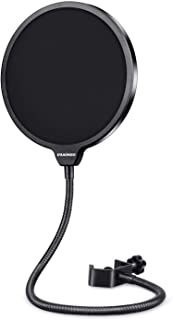
A fabric in most cases is too thin and cannot stop or disrupt the sudden the release of sound energy and thus not doing an effective job of filtering. Apart from this it may also filter some of the required sound, reducing the overall quality.
To resolve this problem, most professional grade fabric pop filters use multiple layers of fabrics with a specific gap between the layers. 2 layer op filters are very popular.This helps the filter to dissipate the sound energy coming from pops while maintaining the transparency required for the remaining sound to pass through unfiltered.
After calculating the correct air gap to stop the pops, we started to look for the correct material to use. This involved large numbers of fabric samples which we put into our prototype 3D printed filter housing and tested until we found the right fabric and weave that gave us the highest level of acoustic transparency.
Modern day fabric pop filters can give extremely high levels of filtering for air blasts and plosives whilst being as acoustically transparent.
Wear and tear can be a problem with fabric filters and sometimes the tension of the fabric is also lost with time. The fabric pop filters are also very difficult to clean.
Metal Pop Filter
Metal filters have become incredibly popular in recent years because they offer higher levels of transparency whilst also being thinner and more hard wearing. These are some of the best microphone pop filters.
Traditional metal filters work by having a single sheet of metal with hundreds of tear drop shaped holes stamped out of it. This shape diverts the air away from microphone to try and stop pops. This means that only a single layer is needed to make a effective filter and hence allowing it to be produced more cheaply as well as making the filter lighter. A light filter is also easier to mount and support and swivel as per requirement. They are also available in pop shield or pop screen version.
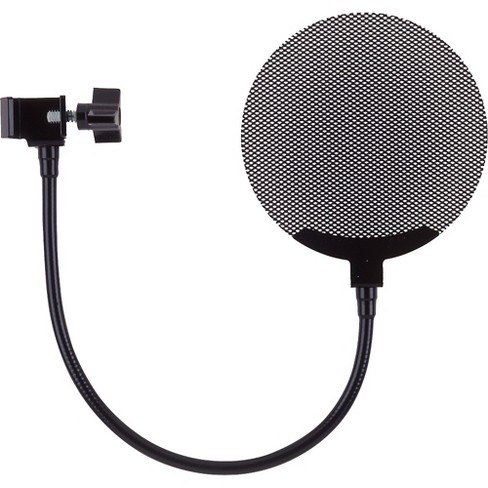
There are two main drawbacks of this type of filter , one it may produce high frequency whistling sound in some cases and being light and made from single layer it is prone to wear and tear as well. Even a small damage would mean the entire filter has to be replaced.
Foam Pop Filter
Foam has been introduced to pop filters in recent years. Foam is often associated with windscreens that are applied to the end of microphones in live situations.
In this application, thick dense foam is used to stop wind noises getting to the microphone at the expense of some acoustic transparency.
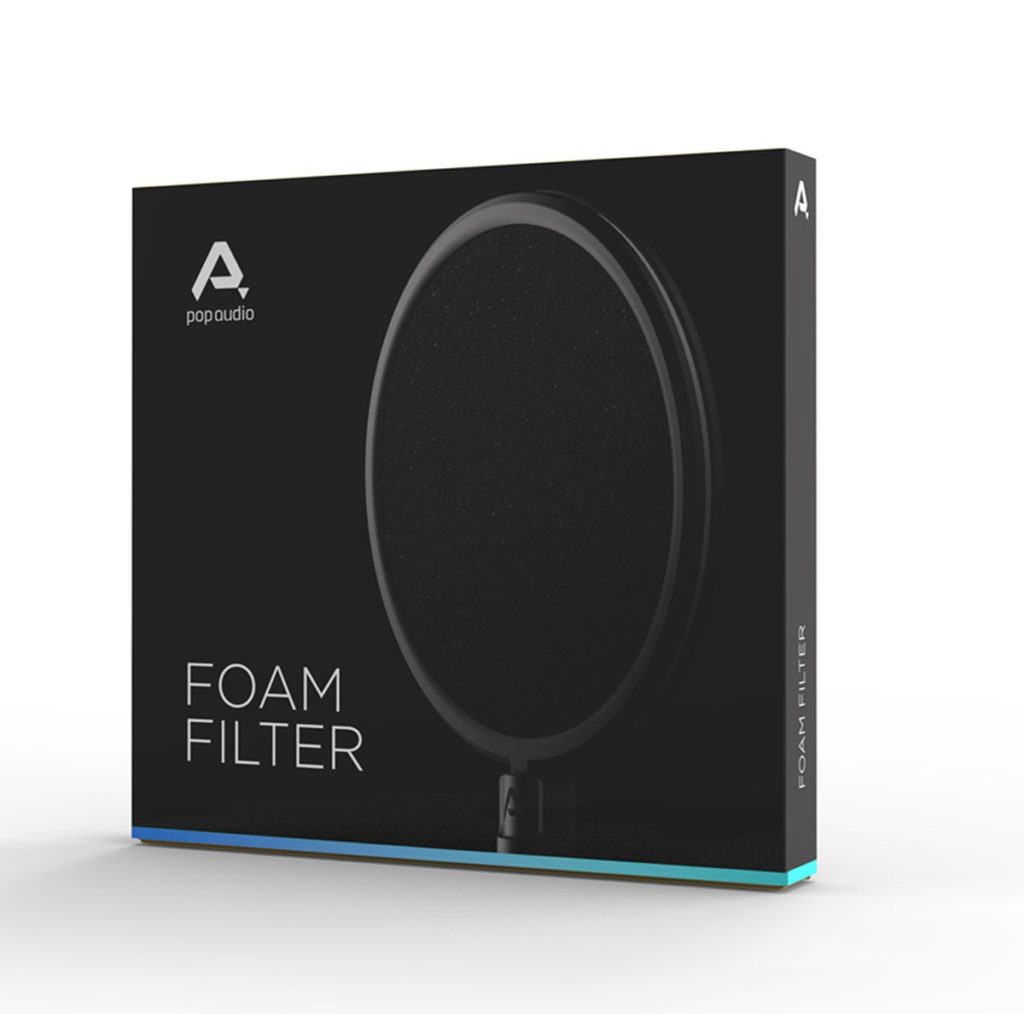
However, foam has been known to be acoustically transparent. Foam filters work in a different way to our other filters.
With the open cell property of the foam, the cells inside act as hundreds of air gaps to diffuse and slow down the air from a plosive.
By having less material in the way of the sound travelling through the filter, you end up with a much higher level of transparency. However, the amount of plosive filtration you can get is limited and these are not the most ideal to be used as pop filters and are better at reducing wind or background noise.
Can a foam windscreen be used as a pop filter?
A lot of people ask if windscreens can be used as an alternative to pop filters. The straight answer to this question is NO.
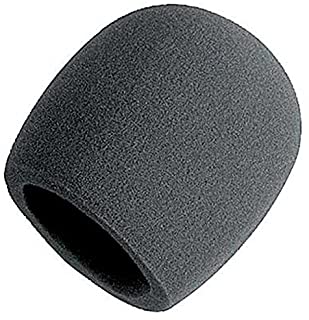
A windscreen is a large foam cylinder that’s put on the end of microphones when recording vocals generally outdoors. They’re made specifically to deflect wind and air blows when being used outside at concerts, open air interviews, or film shoots.
They’re not made to hold up against the concentrated sound blast of a plosive. Because the vocal artist is so close to the mic, the windscreen just doesn’t have what it takes to stop the plosive. They may in fact make your sound quality worse.
How to make a pop filter ?
You can easily make your own pop filter and check the usage before buying one.
- Make a circle with a wire coat hanger. The triangle-shaped “bottom” part of the wire coat hanger should be pulled away from the hook, like a bow or arrow. Now you should have something square-shaped.
- To bend the wire more easily, you can use a pair of scissors. You can grab the end of the hanger with a vice and pull it out.
- Place a pair of tights, or pantyhose, over the circle. To create a drum-like, flat surface, pull them tight. The extra slack should be wrapped around the hook of the hanger. Tape or rubber bands can be used to secure the excess slack.
Best POP Filter For Podcasting & Recording Vocals
AUPHONIX Blue Yeti pop filter
Custom Fit, Easy On Clasp Shield Delivers Perfectly Optimized Voice Clarity – Double Mesh Windscreen Filter Mask Blocks S Hiss, Thud, Pop & BP Plosives. This is one of the most opular pop filters for Blue Yeti microphone. It also works with any other microphone also.
It is a double screen pop filter and blocks most of the plosives.
It is not one of the cheapest pop filter around but the quality is very good for a fabric / mesh pop filter. It has 360 degree rotation flexibility and also has quick setup time. It is 6 inches in diameter , large enough to cover any mic.
Blue The Pop Universal Pop Filter
Blue the universal pop filter is one of the best looking pop filter , it is a costly pop filter but works great. If you are recording on screen and your setup is going to appear in the video then go for this. It looks cool on screen. It is also one of the most popular pop filters around.
It can be easily mounted on any mic stand and is one of the best pop filters around.
Stedman Proscreen XL Pop Filter
This is also a metal pop filter and one of the best and popular pop filters around. The gasket around the screen is made of rubber. Not metal. Which means it’s exactly like their lower model, PS101. Just slightly bigger in diameter.
Can be easily attached to any stand and can be washed or cleaned easily.
NADY MPF-6 POP filter
This is also a very popular choice among podcasters.
This is a top rated Professional Pop filter for vocal microphones. Multi-positional windscreen for optimum performance. Stops plosives and protects your mic.
It Includes boom and microphone stand clamp.
Swivel mount for easy positioning, plus extra long and flexible goose-neck holder.
Cheap POP filters
There are many cheap but great pop filters around. Here are some of the best cheap pop filters you can buy.
As an amazon affiliate I earn from qualified purchases for links on this page.
Summary
POP filter for podcasting and recording vocals is a must and you should invest in it if you want to be professional in this field.
There are many popular pop filters around in various types. You should select based on your requirement of function and aesthetics.
Welcome to your podcasting journey with quickstartpodcast team.
Below paragraphs have links to all our posts in a logical manner starting from being a podcast listener to being a podcast creator.
The podcast Listener phase :
The podcasting journey generally begins with various questions such as what is a podcast , what a podcast is used for ? how to listen to a podcast , what are the best android and iOS apps to listen to podcast .
Depending upon the things that you like you will search for fiction podcasts , educational podcasts etc. Most of the people restrict their journey in podcasting to this level. They just end up being listeners to podcasts. Some of then take the next leap of faith and decide to start their own podcast.
Podcast creator Phase :
How to start your podcast ? is the main question they are faced with . Once that you have decided to start a podcast , what should be the name of the podcast , what should be the podcast format , which podcasting niche should you chose , what should be episode titles , what are popular podcast formats and what should be mine and so on ..
What is the right equipment for creating a podcast , what are the best XLR , USB , Condenser and dynamic microphones available. Can I record my podcast in an iPHONE , What should be the polar pattern , should I use an audio interface or a mixer , do I need a POP filter . There are so many question . How much podcasting will cost me , what are different setups based on my budget.
Once you in the journey of podcasting you will need to decide how should be a great podcast intro , how to record the podcast , how to record podcast online , how to test the mic , what should be length and frequency of my podcast , how to make great sounding podcasts and finally how to make money from podcasting ? ..
Whats is a podcast host and do I need one ?? , Uploading podcasts to google podcast and Apple podcasts are also crucial steps.
The journey starts from being a podcast listener going all the way to being a great podcast creator and quickstartpodcast is there with you in all this journey.

